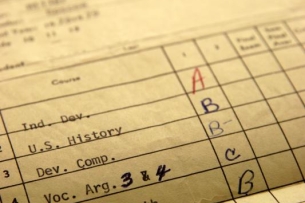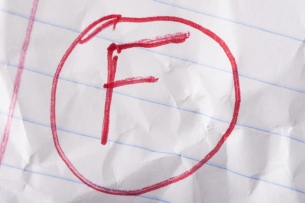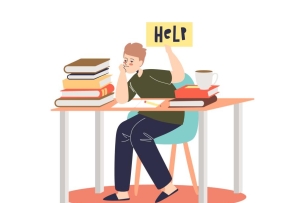Filter & Sort

10 Ways to End Elitism in Math Classes
Our current approach often translates into racism, classism and sexism—and leaves many students feeling as if they don’t belong and can’t succeed, writes Felicia Darling.

ChatGPT Magnifies a Long-Standing Problem
It’s catalyzing academe to address the fact that we often haven’t known how much cheating is occurring or sufficiently revamped our classes to deal with it, writes Frank Vahid.

Friend or Foe?
To determine what materials to allow students to bring to exams, Nancy S. Schorschinsky conducted her own experiments and discovered some insightful results.

Teaching Actual Student Writing in an AI World
I may incorporate ChatGPT in future courses, but for now, I’ve developed 10 strategies to prevent students’ use of such technologies, writes Kevin Jacob Kelley.

Let’s Not Bring Back the F
Instead, we should do a better job of assigning authentic tasks that genuinely reflect the kind of work students will have to do after graduation, writes Benjamin Rifkin.

We Should Bring Back the F
Faculty members today too rarely recognize a significant impediment to student success: students’ own refusal—not inability—to simply do the work, writes Louis Haas.

Tackling Students’ Mental Health in the Classroom
Infusing practicable skills into academic classes can give students a greater sense of self-efficacy in managing challenging thoughts and feelings, writes Rachel Goldsmith Turow.

Why Do We Need a Liberal Arts Capstone?
Beyond capstones for majors, special courses that encourage interaction across disciplines can be especially useful for students launching into careers or grad school, writes David Droppa.
Pagination
Pagination
- 2
- /
- 3